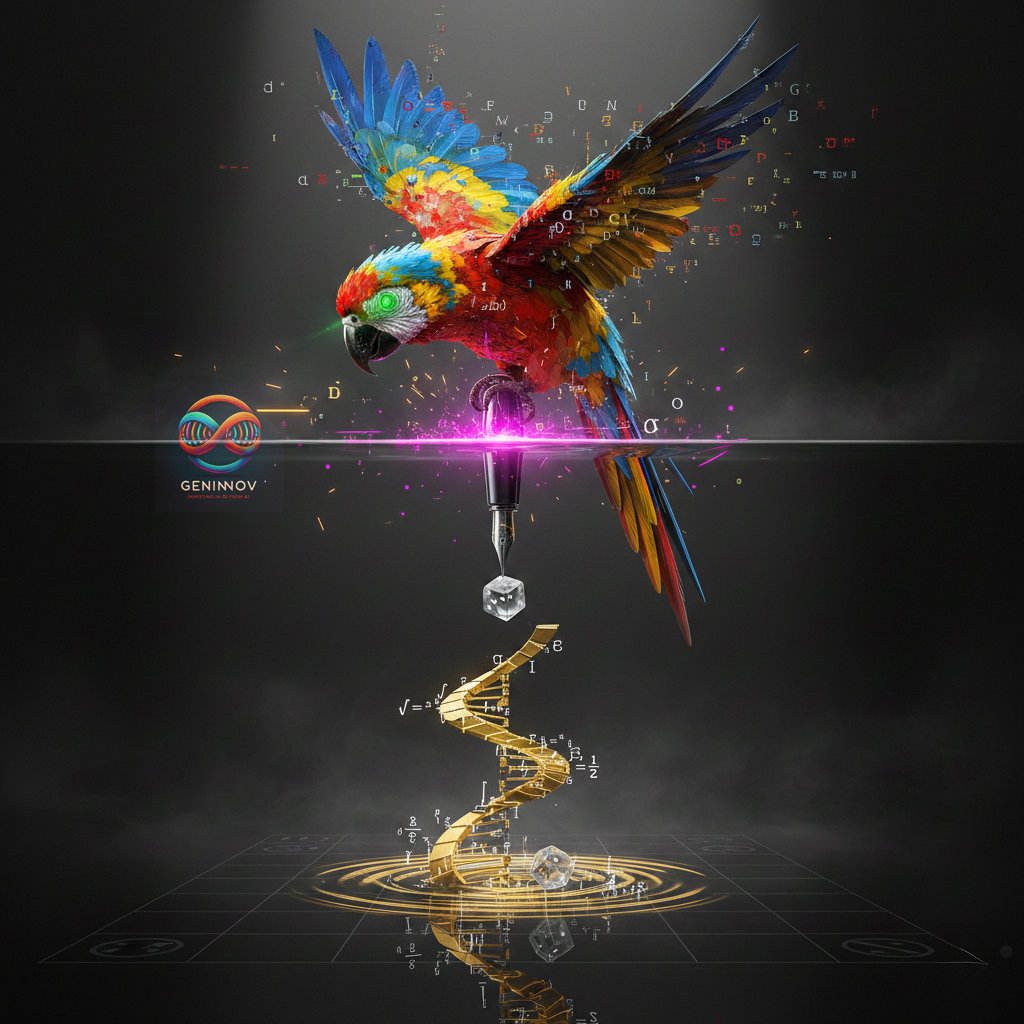At GTC 2024, CEO Jensen Huang bared the company's audacious vision: building an entire "AI Factory" ecosystem far beyond the data-center-focused GPU computing platform. The vision is for a tightly integrated, full-stack solution spanning hardware, software, and networking tailor-made for the rapidly ascendant GenAI markets in the cloud, at the edge, and across current and future application spaces.
There are shades of Apple's iPhone model, where NVIDIA aims to capture and control the entire AI experience stack - from silicon to solutions. Enterprise customers prefer customization, flexibility, and variety. Still, NVidia's competitors – not just in GPUs but across the Semi space – have much to work on to benefit from the desire for diversification, given the performance enhancements possible with vertical integration. For now, NVidia cannot just command the highest margins from the hyperscalers and AI providers but is also in control of whose HBM memory solutions it prefers and what it leaves on the table for server and other hardware solution companies to do.
Against all the talks of open systems, NVidia is building a tower of proprietary systems. Of course, there was CUDA and its GPUs: there is material progress in every layer of the AI stack from CPUs (Grace) and networking (InfiniBand, NVLink) to newly introduced framework (NIM) for the inference and acceleration libraries.
Combining all this in the Blackwell platform, NVidia has gone past what it used to offer with the earlier versions and with a clear ambition of more encroachment. The implications are severe for stalwarts across CPUs (Intel, AMD), networking (Broadcom), and servers (Supermicro) in the fast-growing high-performance-computing. NVIDIA's desire to fill every nook and cranny of the architecture threatens to make their discrete components and services increasingly uncompetitive. To be clear, the NVidia threat is not in the other giants' primary non-AI domains, but that's not where growth is.
It is well beyond just the hardware. NIM, aimed at simplifying the inference, is a new software kit designed to aid the modelers but perhaps also reduce some of the more vital suits of the current LLM leaders. Project GR00T was announced to accelerate robotics, with Isaac Sim offering simulated environments for training robots. In the DRIVE Sim simulation environment, the company is democratizing the driverless space through new chips.
None of the rest will yield, with innovation measures of other kinds likely coming in droves from everywhere. But, the theme of the giants expanding their areas of influence in the new era continues. It is not just Google's search or Apple's pre-AI hardware under threat. GTC 2024 showed the promises of massive new TAM explosions in Robotics, healthcare, and driverless cars, and it also hinted at how unruly the competitive arena will be in the years to come, including for NVidia.



